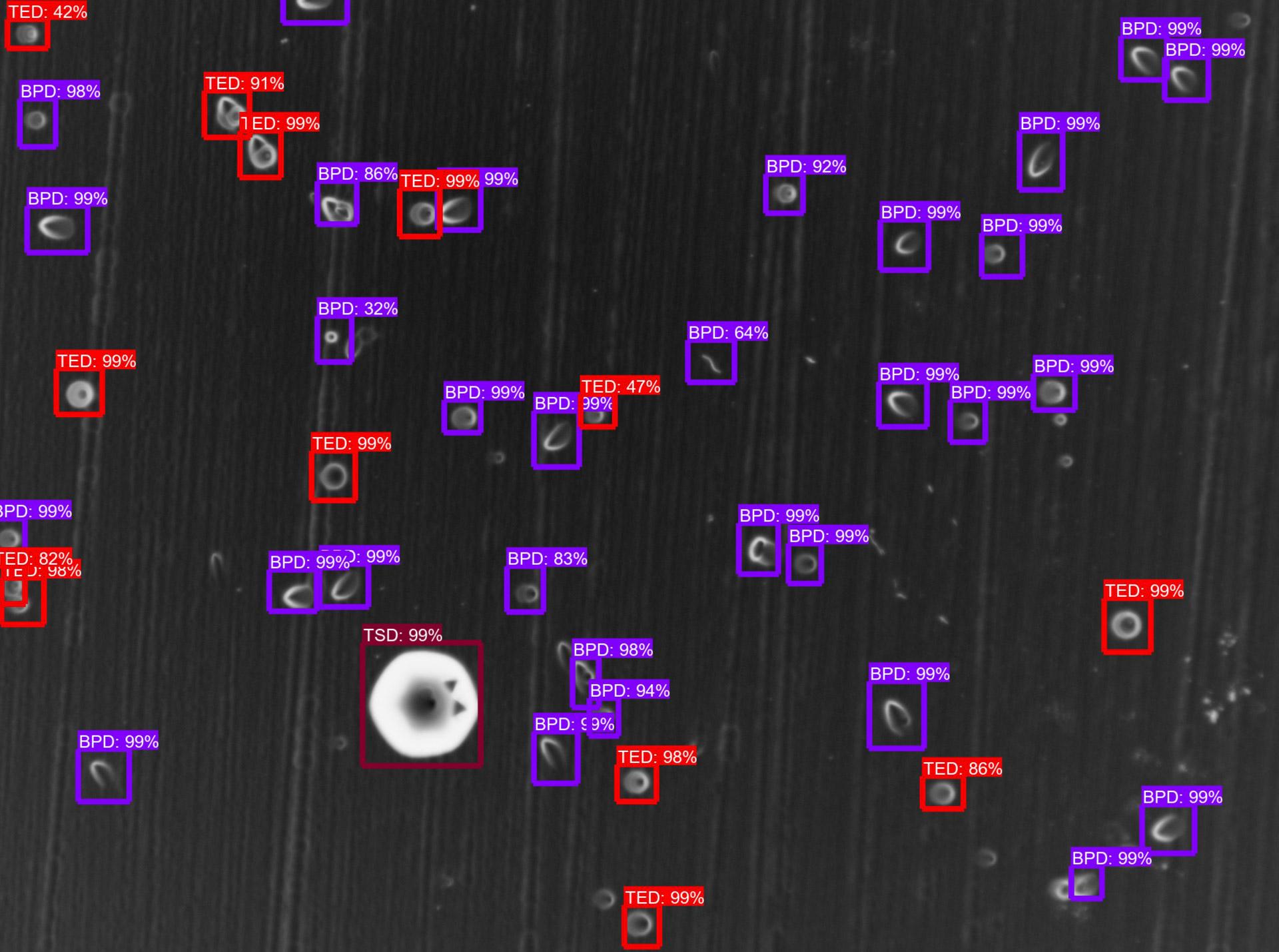Defect detection is critical in the manufacturing process to ensure high product quality and minimizing waste. These automated systems play a key role in defect classification and detection, boosting product quality and efficiency through real-time monitoring. Our flagship suite of optical inspection equipment has been leading the way for over a decade, but 2025 has brought new challenges to the defect detection landscape. These innovations have transformed industries from semiconductor manufacturing to consumer electronics and medical devices. By combining machine vision with cutting-edge AI, manufacturers can now spot surface defects in real-time, dramatically improving production quality. In the following article, you'll learn everything you need to know about defect detection systems for 2025.
Table of Contents
- What is Defect Detection?
- What are manufacturing defects?
- What advances have been made in defect detection in 2025?
- Deep Learning Methods for Defect Detection in Smart Manufacturing
- Computer Vision for Defect Detection
- Deep Learning Techniques for Anomaly Detection
- Machine Vision for Quality Control
What is Defect Detection?
Defect detection is the process where optical inspection systems identify manufacturing deficits, use AI to classify the defects into groups, and empower engineers to quickly identify the root cause to minimize manufacturing downtime. In manufacturing, defect detection becomes crucial when defective products mix with good ones. Defect detection techniques are essential for maintaining quality and helping to identify surface defects quickly and accurately. Correctly spotting and classifying these defects is key to maintaining a low defect rate and cutting waste. Traditional inspection methods often struggle with inspecting complex shapes and achieving high accuracy, which is why advanced approaches like machine vision and deep learning are taking over.
What are Manufacturing Defects?
Manufacturing defects are imperfections or flaws that can compromise a product's quality, performance, or safety. These defects can pop up at different stages of manufacturing, including design, production, and quality control. Understanding these defects is crucial for finding their root causes and implementing effective detection and prevention strategies.
Defects in manufacturing fall into several categories. Surface defects include scratches, dents, or discoloration on the product's exterior. Dimensional defects happen when a product doesn't meet required size or shape specifications, causing problems with fit or function. Subsurface defects, like cracks or voids, hide beneath the surface and can compromise the product's integrity. Material defects refer to inherent flaws in the materials used, such as inconsistent density or improper alloy composition. Identifying these defects accurately is essential for maintaining high product quality and reducing waste.
2025 Advances in Defect Detection
Traditional defect detection finds problems after production, while modern methods focus on defect prevention through process control. This proactive approach, powered by computer vision systems, cuts waste and costs, ensuring quality from the start. Early defect detection saves money and resources by preventing faulty products from being made, making modern manufacturing processes more efficient. A simple process roadmap is:
- Optical tools like an nSpec identify defects in a product like a computer chip
- AI software such as nControl analyzes the data and generates reports for engineers to review
- Engineers quickly identify the root cause of the problem, fix it, and get manufacturing online
While the above method seems simple, the technology required to quickly identify defects is very complex. Some of the newer, AI-powered methods are listed below:
Deep Learning Methods for Defect Detection
Computer Vision for Surface Defect Detection
Computer vision technologies are increasingly used for defect detection, employing image processing to identify and classify manufacturing defects. Computer vision models play a crucial role in enhancing optical metrology systems for defect detection in products, enabling real-time inspections. Object detection is essential in training these models to identify and locate various objects within images or videos, improving their accuracy for practical applications.
Deep Learning Techniques for Anomaly Detection and defect classification
Deep learning has transformed anomaly detection in and defect classification in manufacturing, improving accuracy with large datasets. Advanced algorithms and automated systems using deep learning techniques help identify defects through visual inspection, leading to improved quality control and timely alerts for production anomalies. Deep learning models can be trained to improve over time with more data, reducing subjectivity in detection and enhancing overall system performance.
Machine Vision for decreasing the defect rate
Machine vision systems act as electronic inspectors, identifying microscopic anomalies invisible to human eyes. Traditionally, visual inspections relied on human evaluations, but the shift to advanced machine vision solutions has significantly enhanced accuracy and consistency. These systems boost production efficiency to decrease the defect rate in manufacturing operations.
While these defect detection tools are amazing on their own, the real power comes when they work together to yield incredible results. To learn how these technologies can transform your production line, drop us a line to learn more.
